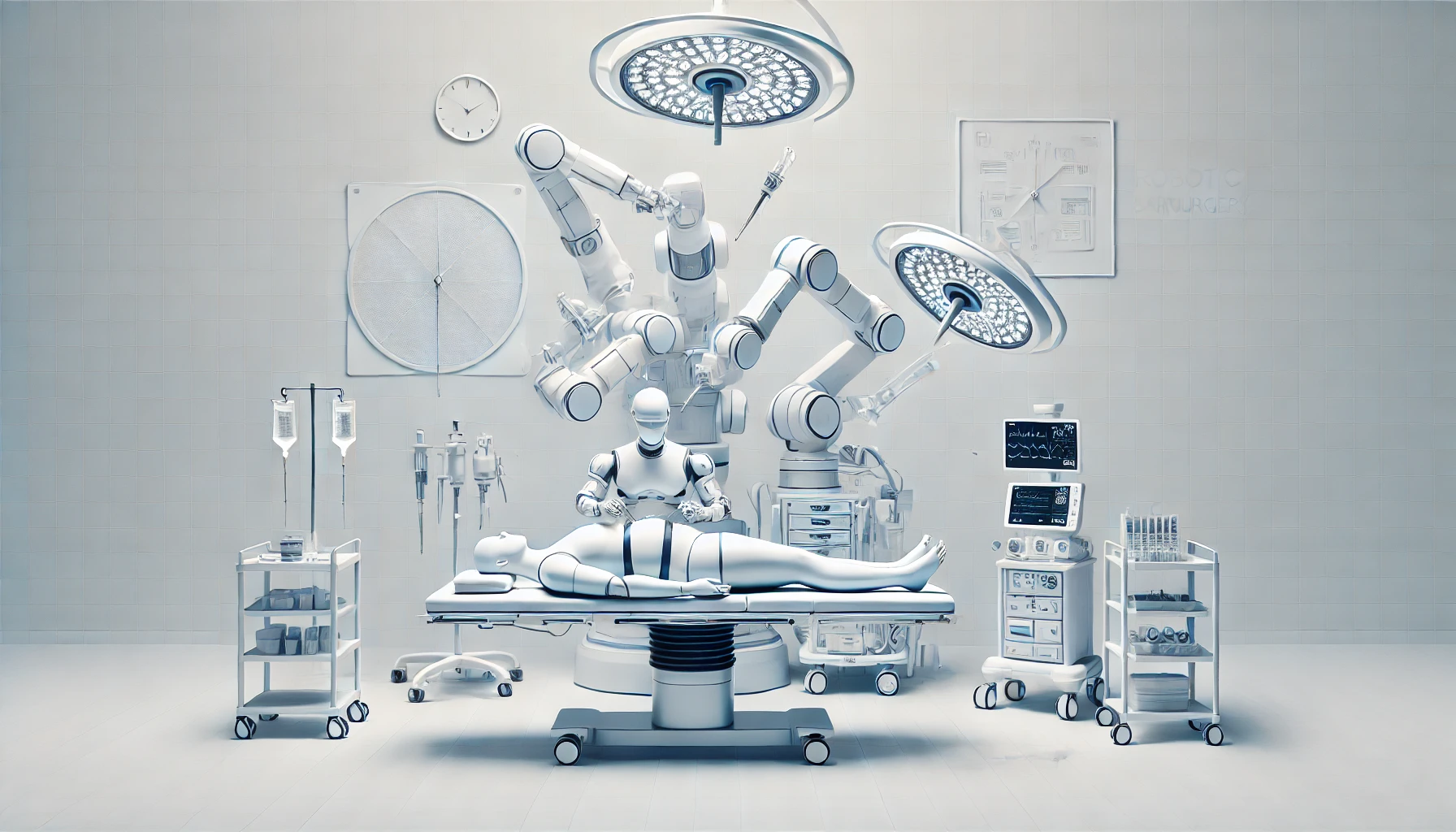Bariatric surgery has long been a ground breaking solution for individuals struggling with obesity. Because it provides significant and lasting weight loss. Traditional bariatric procedures, such as gastric bypass, sleeve gastrectomy, and adjustable gastric banding, have proven effective but often involve considerable risks and recovery times. However, the advent of robotic bariatric surgery has revolutionized the field, offering enhanced precision, reduced complications, and improved patient outcomes.
Understanding Robotic Bariatric Surgery
Robotic bariatric surgery utilizes advanced robotic systems to assist surgeons in performing complex procedures with greater accuracy and control. The most common system is the da Vinci Surgical System. This system features high-definition 3D visualization and instruments that mimic the movement of a human hand but with a greater range of motion. This technology enables surgeons to operate through small incisions with unparalleled precision, minimizing tissue damage and promoting faster recovery.
Benefits of Robotic Bariatric Surgery
- Enhanced Precision and Control
- Robotic systems provide surgeons with a magnified, high-definition view of the surgical area. As a result, they allow for meticulous dissection and suturing. The enhanced dexterity of robotic instruments enables more precise movements, reducing the risk of complications.
- Minimally Invasive Approach
- Robotic bariatric surgery is performed through small incisions. Thus, this leads to less pain after surgery, reduced scarring, and shorter hospital stays. Patients often experience quicker recovery times compared to traditional open or laparoscopic surgeries.
- Improved Patient Outcomes
- The precision of robotic-assisted procedures often results in fewer complications, such as infections or hernias. Additionally, the minimally invasive nature of the surgery can lead to faster weight loss and better long-term health outcomes for patients.
- Reduced Surgeon Fatigue
- Robotic systems alleviate some of the physical strain on surgeons by allowing them to sit comfortably while operating, reducing fatigue and potentially improving surgical performance.
Procedure Overview
The process of robotic bariatric surgery begins with a thorough preoperative evaluation, including medical history, physical examination, and necessary diagnostic tests. Once deemed a suitable candidate, the patient is scheduled for surgery. Here is a step-by-step overview of the procedure:
- Anesthesia and Preparation
- The patient is placed under general anesthesia, and the surgical area is prepared.
- Port Placement
- Small incisions are made for the insertion of trocars (hollow tubes) through which the robotic instruments and camera are introduced.
- Docking the Robot
- The robotic system is positioned and connected to the trocars, allowing the surgeon to control the instruments from a console.
- Performing the Surgery
- The surgeon uses the robotic arms to perform the bariatric procedure, such as gastric bypass or sleeve gastrectomy, with precision and control.
- Closing the Incisions
- Once the procedure is complete, the robotic instruments are removed, and the incisions are closed with sutures or staples.
- Postoperative Care
- The patient is monitored in the recovery room and typically discharged within a few days, depending on their overall health and recovery progress.
Advancements in Robotic-Assisted Techniques
The field of robotic bariatric surgery continues to evolve, with several notable advancements enhancing its efficacy and safety:
- Integration of Artificial Intelligence (AI)
- AI is being integrated into robotic systems to provide real-time analytics and feedback during surgery. This technology can assist in identifying critical structures, optimizing surgical planning, and predicting potential complications.
- Enhanced Imaging Technologies
- Innovations in imaging, such as fluorescence imaging and 3D mapping, are improving the surgeon’s ability to visualize and navigate complex anatomical structures, reducing the risk of errors.
- Development of Single-Port Robotic Systems
- Single-port robotic systems are being developed to allow surgeons to perform bariatric procedures through a single incision, further minimizing invasiveness and improving cosmetic outcomes.
- Remote Surgical Capabilities
- The potential for remote robotic surgery is being explored, where surgeons can operate on patients from different locations using advanced telecommunication technologies. This could expand access to bariatric surgery in underserved areas.
Robotic bariatric surgery represents a significant advancement in the field of weight loss surgery, offering numerous benefits over traditional methods. With enhanced precision, minimally invasive techniques, and improved patient outcomes, robotic-assisted procedures are becoming increasingly popular. As technology continues to evolve, the integration of AI, advanced imaging, and other innovations will further enhance the capabilities and effectiveness of robotic bariatric surgery, providing hope and improved quality of life for individuals battling obesity.
